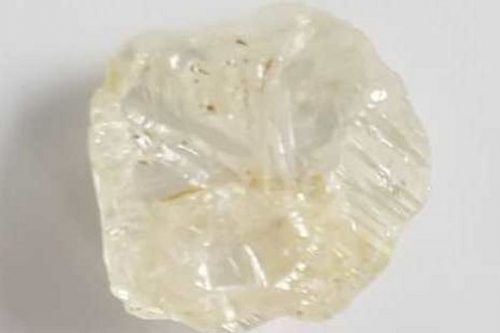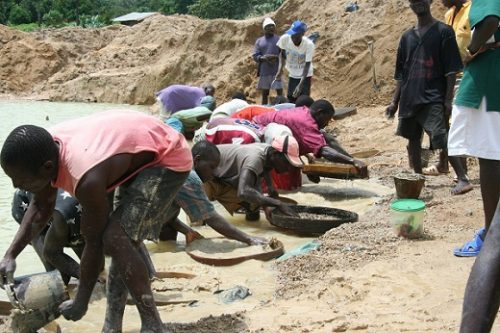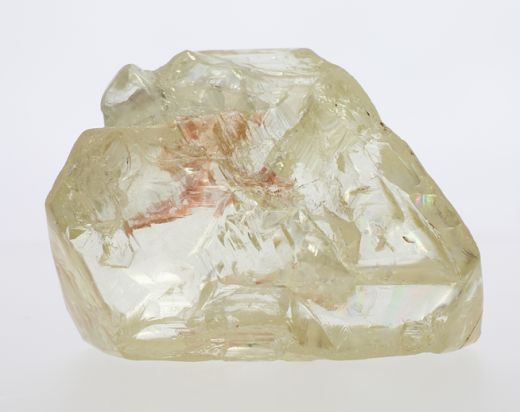Sierra Leone’s largest diamond miner shuts down, laying off more than 1,000 workers
Koidu Limited, Sierra Leone’s largest diamond producer, has halted operations and laid off nearly its entire local workforce of more than 1,000 employees following a protracted dispute over pay and working conditions.



